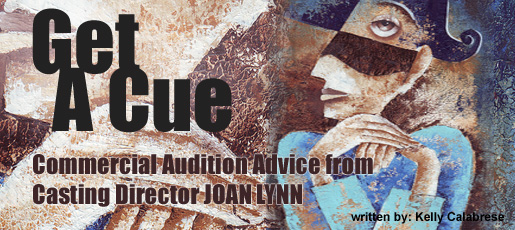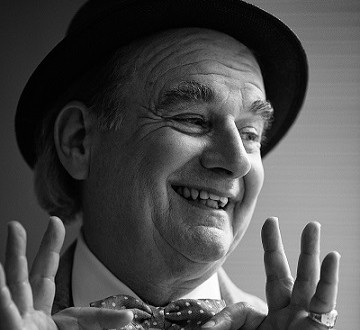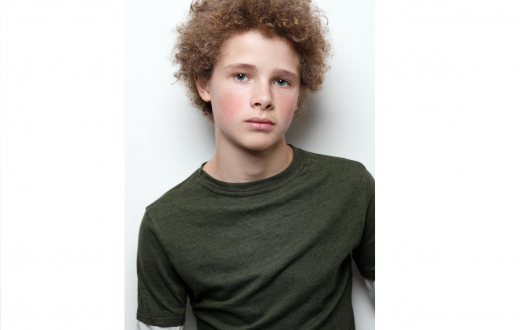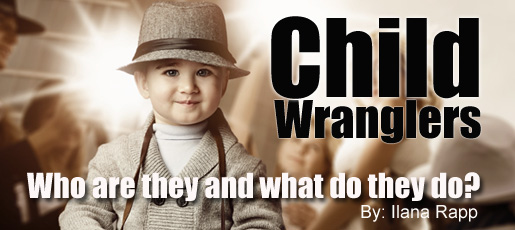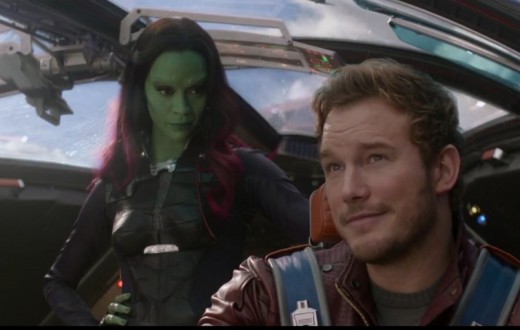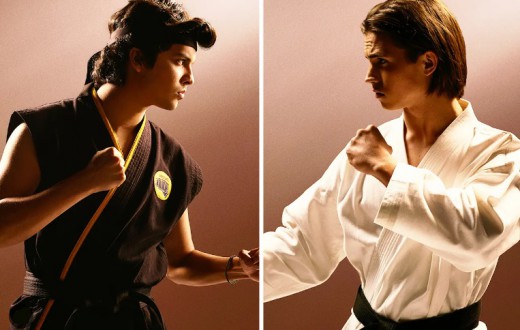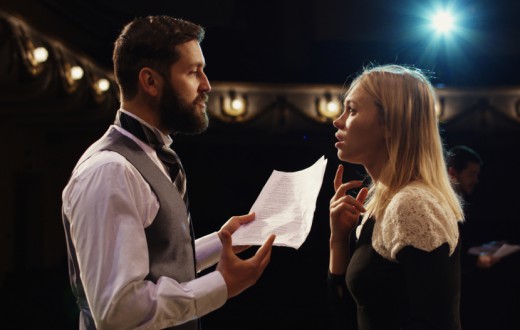Looming in front of you, that giant white poster board holds the copy for your commercial audition. The magical words you’ll need to convey with both accuracy and honesty.
Don’t worry!
Renowned commercial casting director – Joan Lynn – breaks down the whole process for you…
Joan Lynn is a powerhouse in the commercial casting world with over 28 years of experience casting commercials for major National Advertisers including Disney, McDonald’s, Milk, Home Depot, Children’s Motrin, Kraft Cheese, GE, Subway, Cheerios, Dentyne Ice, Pizza Hut and many more.
Most importantly, Joan Lynn believes in helping actors have the best audition possible. Hence, she offered to help NYCastings members with her commercial audition insight.
Cue to Cue with Joan Lynn of Joan Lynn Casting
Q: What is the best way read commercial copy off a cue card and take direction?
As far a cue cards go, every casting director has different printing. I am left handed so I always have a good assistant that can print big and neat for the actors because I feel that’s important. If an actor comes into the room and the cue cards are tiny and they are squinting, it is going to ruin their performance. They will worry about how they are coming off.
Also, I tell actors, when you go into a room and first see the cue card don’t be afraid to ask the casting director to move it closer to the camera or to you. This is your one minute to shine.
Q: Any advice on going off the cue card and improvising?
A lot of times the advertising agency writers like to hear their words. They don’t want you to go off copy. But each commercial I cast is different. Sometimes, they will say it’s ok for the actor to improvise a little. And at certain points, the copy must be read exactly. Especially, for pharmaceuticals. Every casting director should give information ahead of time to the actor about what they are looking for. When my actors come into the room, I have spoken to the director or ad agency producer, and know what they are looking for so I will give that direction. You have to ask the casting director, if they do not bring it up.
Q: Advice on looking at the camera versus the cue card?
First of all, I have rehearsals. I don’t just have actors come into the room and do it. I really care about the auditioning process and who I bring in. I give an actor every opportunity, before I tape, to make them feel comfortable so they can get used to the cue card. I ask if they want the cue card closer and am always very courteous. I love actors and want to help them. I also feel that anyone I bring in is an extension to my resume. I want everyone to do a good job.
Q: What happens if an actor loses their place?
Every job is so different. Sometimes there is a lot of copy and sometimes just a few lines. If there is a lot of copy, the clients are more understanding. If you missed a line on a cue card, you can improvise and catch up with the next line, then read it. They can tell within the first couple of lines anyway, if the person is right for their commercial.
For me, personally, I will stop the tape if the actor gets flustered. If they lose their concentration, it doesn’t look good when we post to the director and ad agency people.
Q: What about memorizing versus relying on the cue card?
When actors go to the auditions and see that there is copy, it’s not good to overly memorize it because it has to come off fresh, as if you are saying it for the first time.
Q: What should actors do with the 2nd take?
If not given any direction, ask! With me, I am in the room. You get me from soup to nuts. I don’t have a taper. I direct everyone, tape them and take notes. Some of my clients ask for my notes and some don’t, it depends on the director.
Q: As a casting director, what is the biggest mistake an actor can make in your audition room?
When they come into the room, they should be prepared. I don’t like when people are very late and they say, “Ok, I’m ready” and then they come in and didn’t realize there was a lot of copy because they didn’t time to look at it outside. Also, I like people to be on time because if they are late, I run behind and I don’t like to keep actors waiting. It’s best to get there early and prepare. When you see that there is copy, don’t sign it. Take it, disappear and then come back three minutes before the appointment because we usually have to take a digital picture and have the actor fill out a size card.
Also, actors should know their sizes… hat size, shoe size, waist size, dress size, etc. And be truthful about your sizes, especially for women.
Q: Cue to cue, in the room – what is the best way for an actor to enter and leave?
The thing that I don’t like is shaking hands because I see a lot of people. How much of that anti germ stuff can you put on your hands?! And, a pet peeve is in call backs – when there are a lot of clients in the room, don’t shake hands. Come in and the casting director will show you where to stand, or the director in a call back.
Also, let’s say they are just doing one take. Several hours later an actor will come back to me and say, “I thought about it and didn’t like that take. Can we do it again?” And no, you can’t, because it is on the DVD already and I can’t erase it.
Just say thank you and hopefully it was a pleasant experience.
Q: Can an actor pick up any cues of how well they did, after the read? From your reaction? Anything you say afterward?
No. It is not up to me, I am just the first part of the process. I am step one. It is up to the ad agency and the director. And if there is a call back, I’d consider it a gift. It is a gift for actors, it shows they are doing something right.
Thank you to Joan Lynn for cueing us in!

